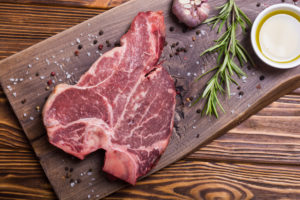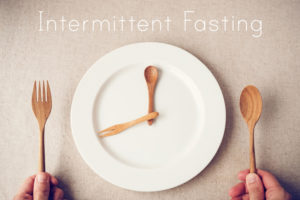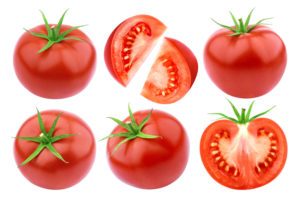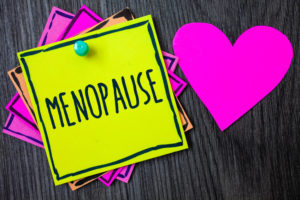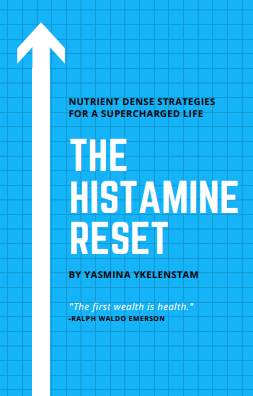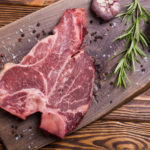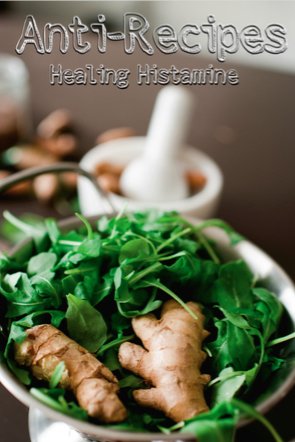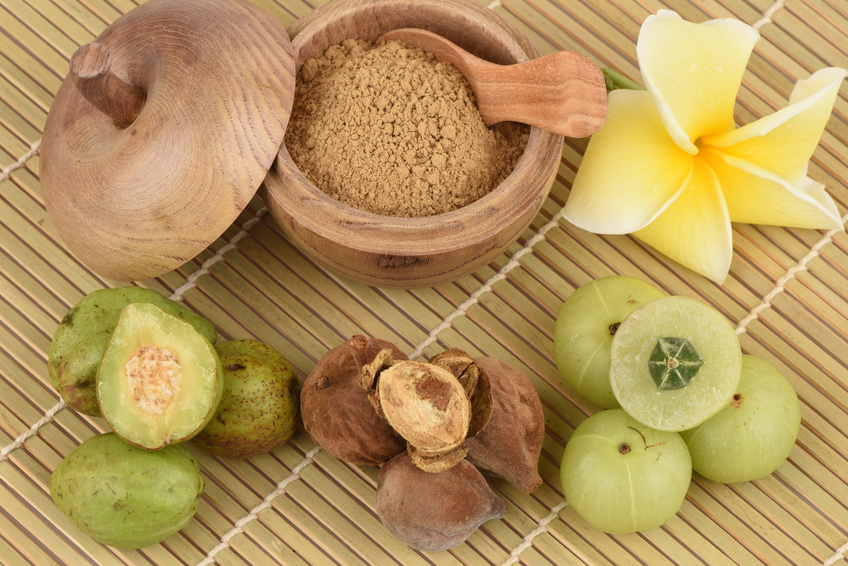
For over two thousand years the Ayurvedic remedy Triphala has played a key role in the practice of Indian traditional medicine. There’s been considerable research validating a number of these remedies recently, including the news that Triphala, a combination of three medicinal fruits, is a powerful natural antihistamine that also stabilises mast cells and acts as an anti-inflammatory. Triphala may be useful for histamine intolerance. All references are at the bottom of the post.
Triphala is a blend Indian fruits:
Phyllanthus emblica (amla)
This compound has also shown promise in preventing carrageenan induced inflammation, stabilising mast cells (thereby preventing the release of histamine and other inflammatory agents), and stopping histamine and mast cell induced asthma attacks (read more about histamine, mast cells and asthma here).
Carrageenan is a food additive derived from natural sources, which is why you’ll even find it in the healthiest organic foods and products. Unfortunately it’s used in medical studies to cause inflammation.
Terminalia chebula
Animal studies have shown an extract of this fruit can prevent anaphylaxis and lower blood histamine levels.
Terminalia bellirica
Compounds from this fruit have shown anti-inflammatory and antioxidant activity in animal studies (more on how antioxidants in foods fight histamine inflammation here)
But there’s more.
Combine the three and you have a a supplement that (at least in animal studies) has been shown to prevent the growth of certain cancer tumours, protect our cells from radiation, is super high in antioxidants, and can help with symptoms of arthritis. Triphala also (obviously) possesses antihistamine properties and fights inflammation resulting from the release of prostaglandins from mast cells.
I keep talking about how histamine is just one type of inflammatory agent we need to be paying attention to. That’s why I feel that a low histamine diet at the expense of an overall inflammatory diet high in nutrients and antioxidants isn’t the best approach (more here).

Like all supplements, there’s risks (which is why I try to get all I need from food..
So please always check with your doctor before adding anything new to the diet. According to the Sloane Kettering website, Triphala’s main side effects are gastrointestinal in nature, but few and far between. Triphala also inhibits the CYP3A4 and CYP2D6 enzymes.
——REFERENCES—–
Bährle-Rapp, Marina. “Phyllanthus Emblica Extract.” Springer Lexikon Kosmetik und Körperpflege (2007): 426. Web.
Shin, T.y, H.j Jeong, D.k Kim, S.h Kim, J.k Lee, D.k Kim, B.s Chae, J.h Kim, H.w Kang, C.m Lee, K.c Lee, S.t Park, E.j Lee, J.p Lim, H.m Kim, and Y.m Lee. “Inhibitory action of water soluble fraction of Terminalia chebula on systemic and local anaphylaxis.” Journal of Ethnopharmacology 74.2 (2001): 133-40. Web.
Sireeratawong, S., K. Jaijoy, and N. Soonthornchareonnon. “Evaluation of anti-inflammatory and antinociceptive activity of Triphala recipe.” African Journal of Traditional, Complementary and Alternative Medicines 10.2 (2013): n. pag. Web.
“Triphala.” Memorial Sloan Kettering. N.p., n.d. Web. 02 June 2017.


